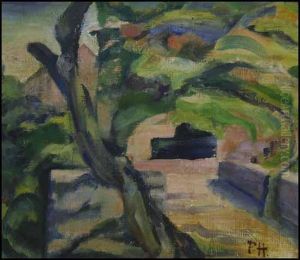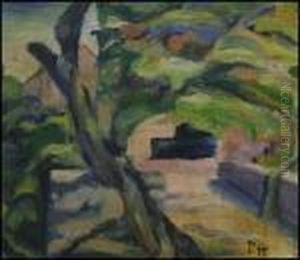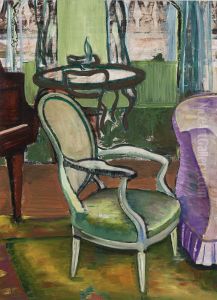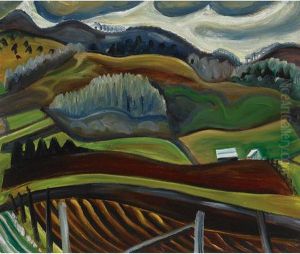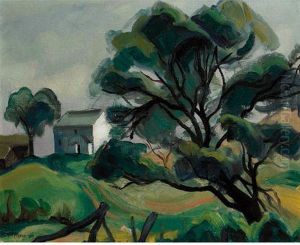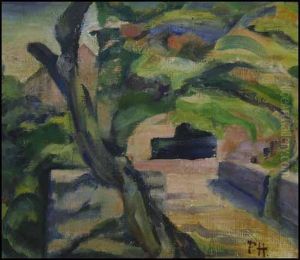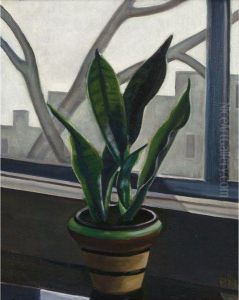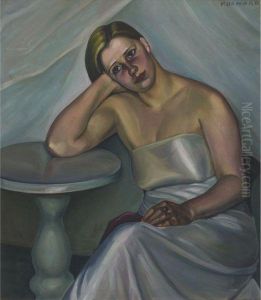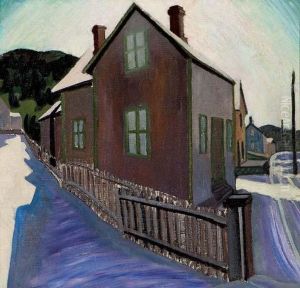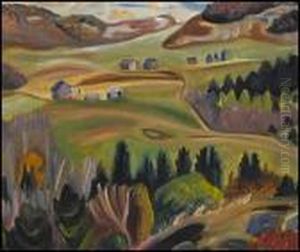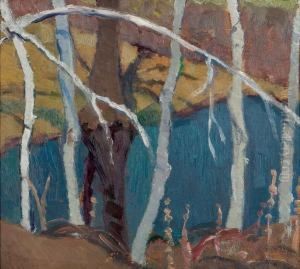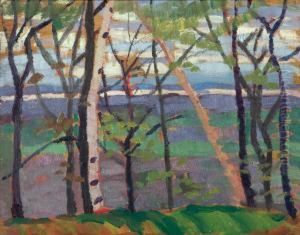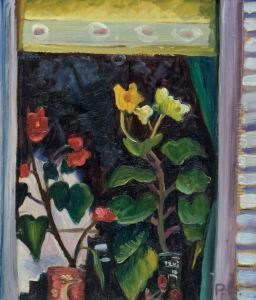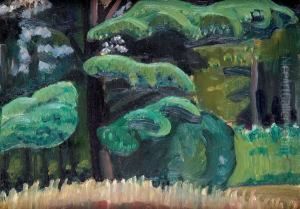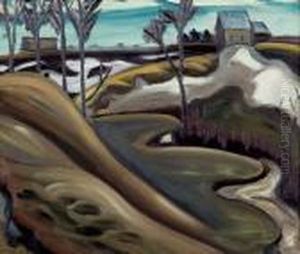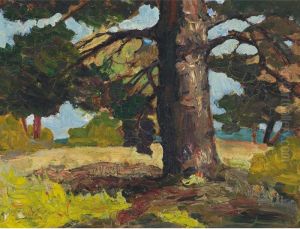Prudence Heward Paintings
Prudence Heward (1896–1947) was a celebrated Canadian painter known for her powerful portraits, often of women, that explored issues of gender and identity. Born in Montreal, Quebec, Heward was a member of the Beaver Hall Group, a cluster of artists who are considered to have contributed significantly to the country's cultural life in the early 20th century.
Heward studied at the Art Association of Montreal and later in Paris, where she was influenced by the post-impressionists and the fauves. Her style is characterized by its bold use of color and strong sense of form. She often chose to depict the female form in challenging or contemplative poses, which was considered unconventional at the time.
Throughout her career, Heward exhibited her work widely. She showed her paintings with the Group of Seven, an influential group of Canadian landscape painters, as well as the Canadian Group of Painters and the Royal Canadian Academy of Arts. Heward's work was also recognized internationally, and she participated in exhibitions in major cities such as London and Paris.
Heward's contributions to Canadian art were not limited to her own practice. She was an active mentor and supporter of younger artists and played an important role in the arts community in Canada. Despite facing challenges as a woman in a male-dominated art world, she forged a path for future generations of artists.
Prudence Heward died in 1947 at the age of 51. Her legacy continues to be celebrated, and her work is held in the collections of major museums across Canada, including the National Gallery of Canada and the Montreal Museum of Fine Arts. She remains an important figure in Canadian art history, recognized for her distinct style and the emotional depth of her portraits.
